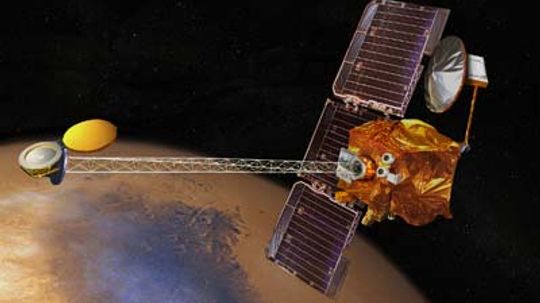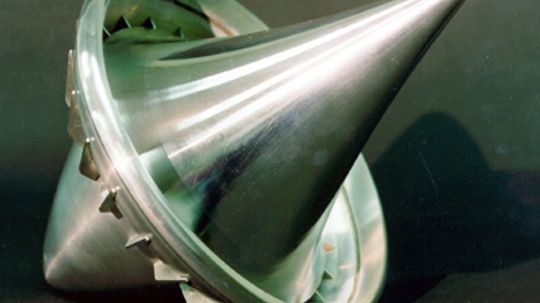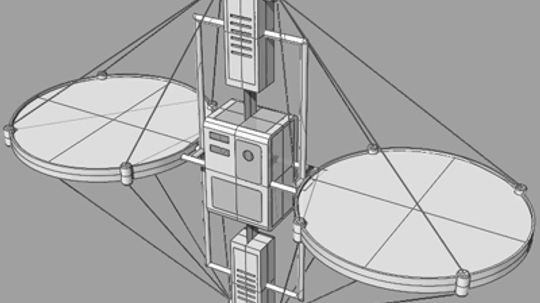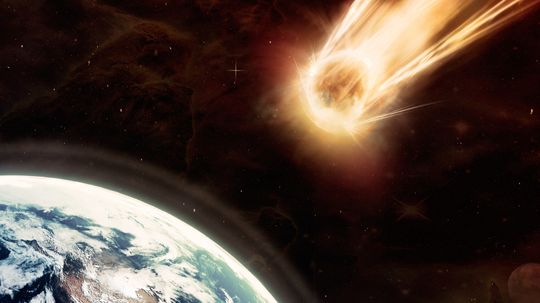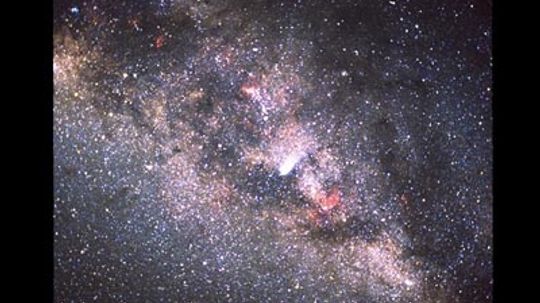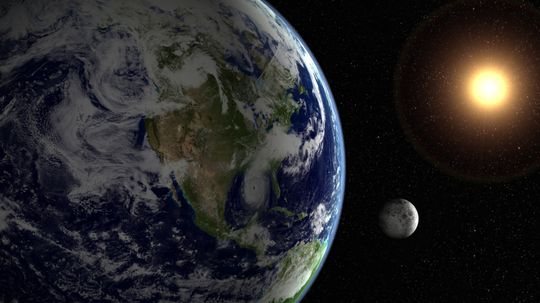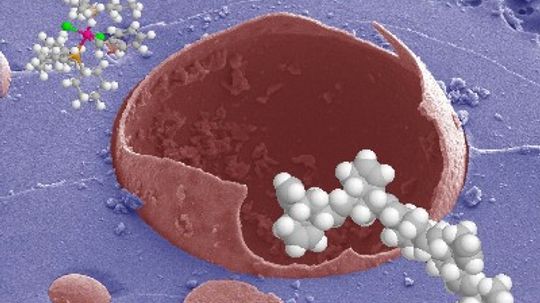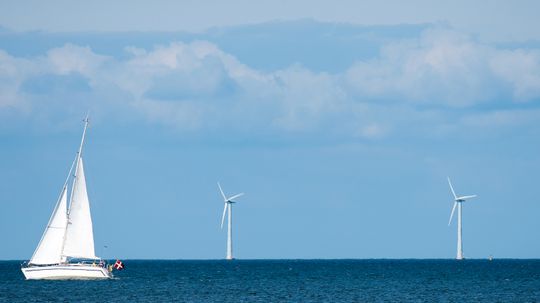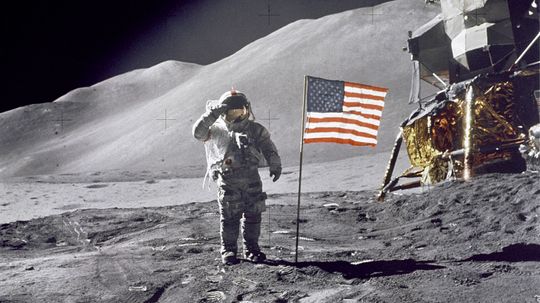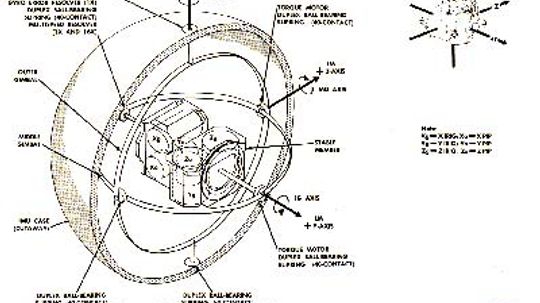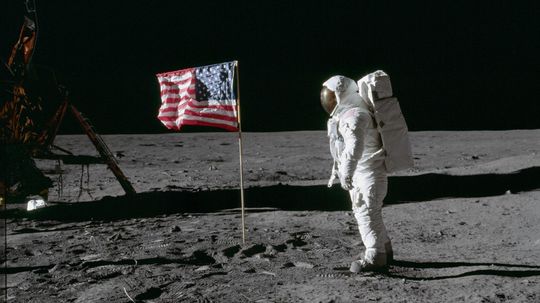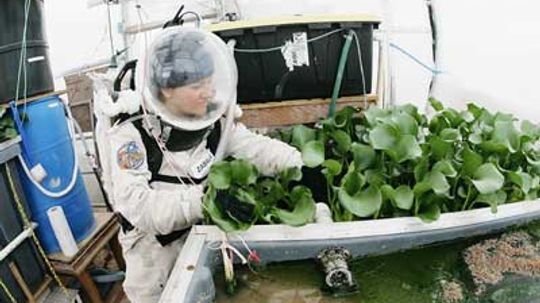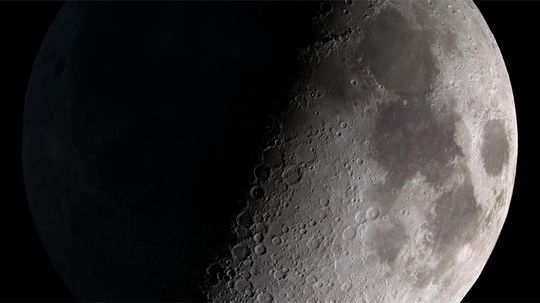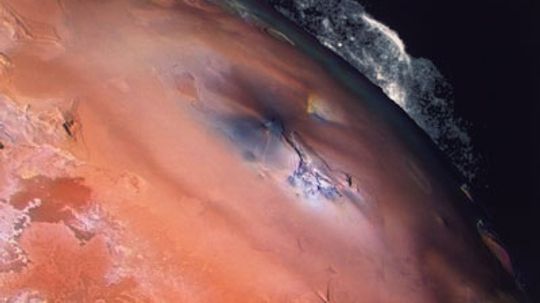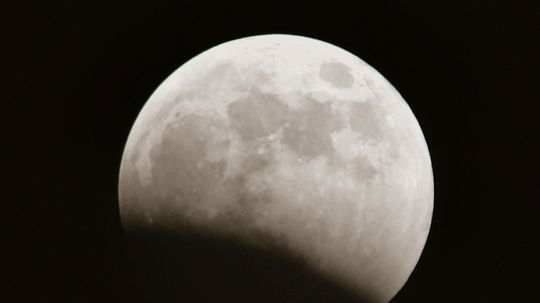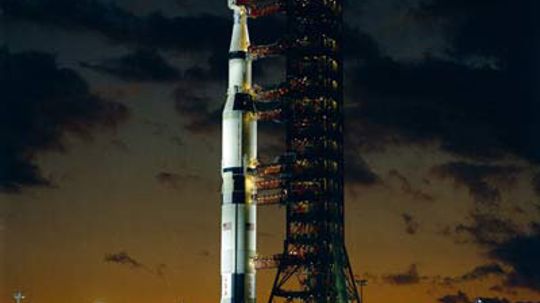Space
Explore the vast reaches of space and mankind's continuing efforts to conquer the stars, including theories such as the Big Bang, the International Space Station, plus what the future holds for space travel and exploration.
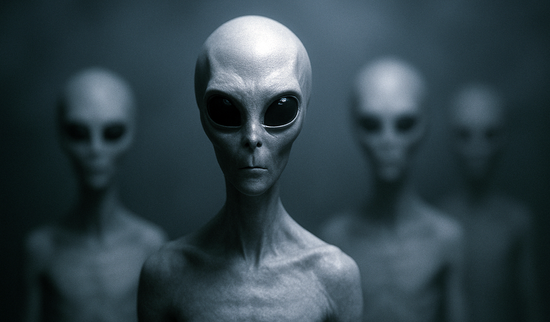
Tall Whites: The Classic Extraterrestrial Archetype
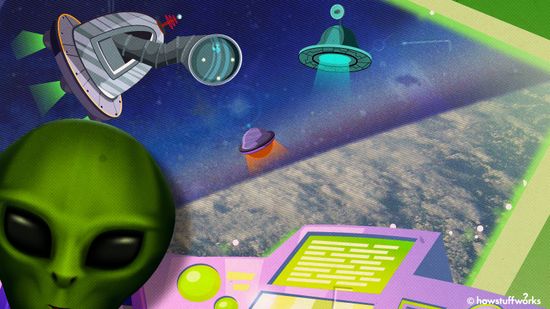
The Zoo Hypothesis: Are Aliens Watching Us Like Animals in a Zoo?
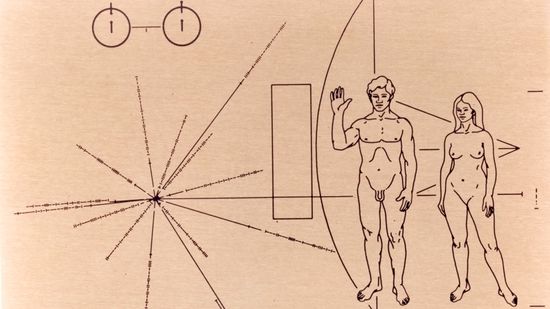
Communicating With Aliens Is Hard. Communicating With Alien AI Could Be Harder
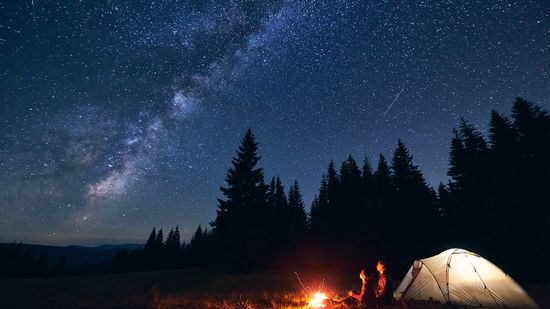
10 Types of Stars Blazing and Collapsing in Our Universe
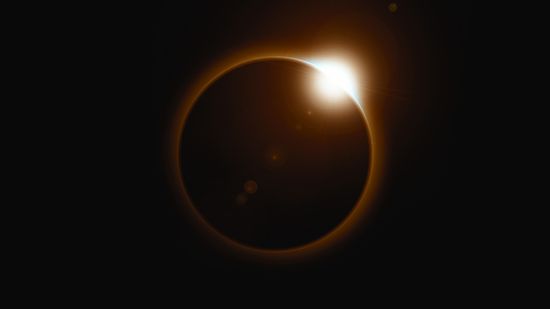
7 Types of Eclipses: Lunar, Solar and ... Hybrid?

Why a Geomagnetic Storm Makes for Pretty Skies and Tech Scares

What Is a White Hole? Does the Cosmic Phenomenon Exist?
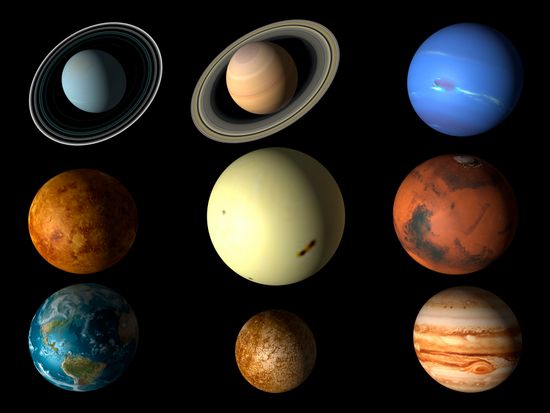
10 Best Ideas for Interplanetary Communication
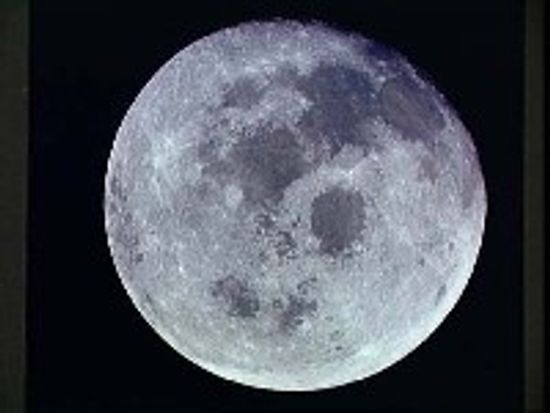
How can the moon generate electricity?

Is an Astronaut Stuck in Space a Rare Occurrence?

What Really Happened to Yuri Gagarin, the First Man in Space?
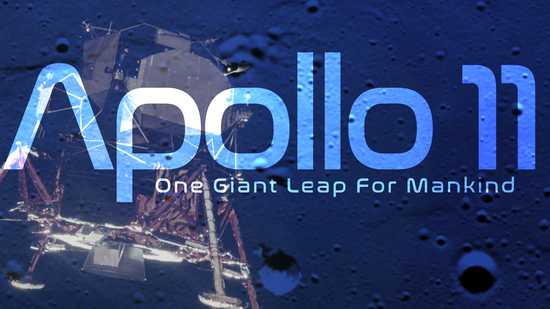
Apollo 11 One Giant Leap For Mankind
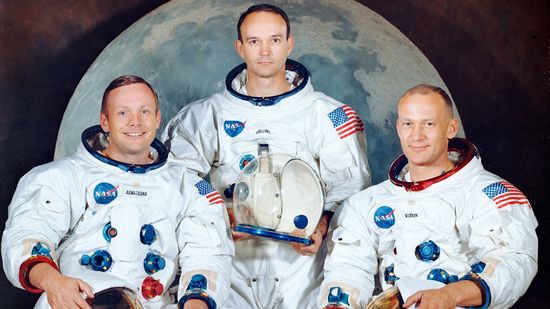
15 Famous Astronauts Who Expanded Our Universe

2023 India Moon Landing Was World's First at Lunar South Pole

Quiz: Apollo 11, the First Moon Landing
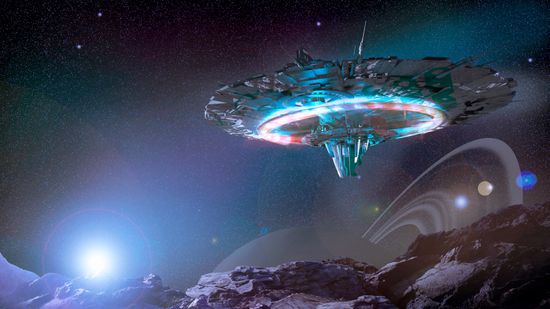
The Fastest Fictional Spaceships

10 Fictional Spacecraft We Wish Were Real

How Lunar Rovers Work
Learn More / Page 4
Mars Odyssey is NASA's latest Mars spacecraft, and it's going to the red planet in search of water. Learn how this orbiter could pave the way for manned missions to Mars!
By Kevin Bonsor
Like many new technologies, light propulsion was originally conceived as a tool of war and national defense. But the "Star Wars" missile defense system may eventually send rockets, rather than missile-destroying lasers, into space.
By Kevin Bonsor
A space shuttle launch is expensive -- about $10,000 per pound. The LiftPort Group is developing a new system that could cut the cost down to about $400 per pound. Find out how a space elevator might be your ticket into orbit.
By Kevin Bonsor
Advertisement
Where I live it is pretty common to see "shooting stars" -- streaks of light in the sky at night. How big is a shooting star? Do they land on earth or do they burn up? Do they land on the ground as meteorites?
What is a solar sail? How can you use sunlight to move a spacecraft in outer space? In this article, HowStuffWorks will show you how solar sail technology works, take an in-depth look at the Cosmos-1 mission and find out what solar-sails mean for future space travel.
By Kevin Bonsor
The sun warms our planet every day, provides the light by which we see and is necessary for life on Earth. But what is it exactly, and what will happen when it burns itself out?
When you look up at night and see thousands of stars, have you ever wondered what you are looking at? Learn what stars are and how they live and die!
Advertisement
The Chandler wobble is the change in the spin of Earth on its axis. Think of the wobble you see in a toy top when it first starts spinning or slows down. Its 'poles' do not spin in a perfectly straight line.
Scientists are now developing a new type of composite material that will allow spacecraft to repair themselves. Learn more about this amazing future technology.
By Kevin Bonsor
What is a solar sail? How can you use sunlight to move a spacecraft in outer space? In this article, HowStuffWorks will show you how solar sail technology works, take an in-depth look at the Cosmos-1 mission and find out what solar-sails mean for future space travel.
Since its inception in the late '50s, NASA has accomplished some amazing technical feats. But what are some of the agency's greatest moments?
By Julia Layton & Mark Mancini
Advertisement
Blasting a spacecraft into space is one thing. Bringing it back in one piece is another. Spacecraft are likely to burn up into bits if they aren't specially insulated and designed for the ride.
By Jane McGrath
Believe it or not, to get to space and back, NASA relies on a piece of technology that's been around for centuries. Just what is a gimbal, anyway?
These outer space abodes will have to protect inhabitants from extreme temperatures, radiation and flying moon dust. One man is actually selling deeds for lunar property at $20 a pop. Seriously?
This passive-aggressive peacetime contest between the USSR and the U.S. unofficially ended with the U.S. moon landing. But the Soviets also touted a long list of space race accomplishments. Who won?
Advertisement
Kids from around the world flock to Huntsville, Ala., to attend Space Camp. What's so appealing about science class in the summer, and can a 40-year-old go to camp?
By Julia Layton
When astronauts talk moonwalking, they don't mean the Michael Jackson dance move. Spacewalks take an entire day of preparation -- and a 240-pound space suit.
By John Fuller
There's no livestock in space farming, but growing plants in space could allow for long-term exploration and settlements. And with this farm, you don't need to watch where you step.
The changing phases of the moon have given us an enduring curiosity about the dark side of the moon. But is there really a dark side of the moon? What would we see there?
Advertisement
Imagine parallel parking on slippery ice during a dangerous dust storm. Landing on Mars presents similar obstacles, on a grander scale. And remember, insurance doesn't cover extraterrestrial damage.
The Voyager space probes took dazzling pictures of planets no one had ever seen. And they're still on the move, carrying golden records with a message for aliens -- complete with bagpipes and Louis Armstrong.
The moon is often the largest object in the sky outside of the sun. What is the moon made of, how did it form -- and why do people blame it for their strange behavior?
Traveling faster than the speed of light, you could go anywhere in minutes -- at least, in the "Star Trek" universe. Is this sci-fi device theoretically possible?
By John Fuller
Advertisement
How do you eat when you're in a low-gravity environment? Space programs have come up ingenious contraptions and packaging methods to make astronauts' meal times as normal as possible.
The Apollo program was initiated with the goal of landing a man on the moon. What was the spacecraft that helped make this giant leap for mankind?
